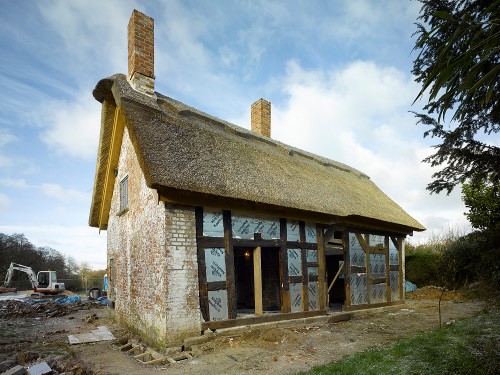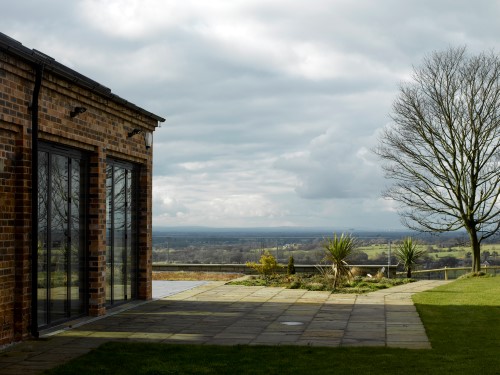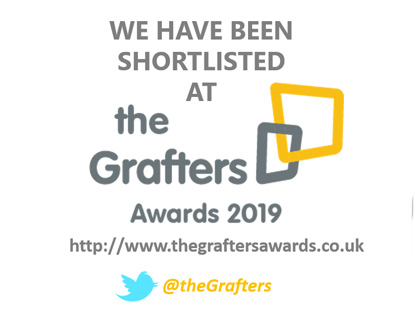 Inspiring Visions; Realising Dreams
Inspiring Visions; Realising Dreams
Hayes and Partners is a long-established architectural practice based in Macclesfield, Cheshire, founded in 1937; we are an RIBA Chartered Practice. We comply with strict criteria covering indemnity insurance, health and safety and quality management. Choosing an accredited architect gives our clients peace of mind.
We are a thriving architectural practice working in the private sector in the North West. We serve private individuals and client/developers; people wanting to maximise the potential of their properties, others wanting to improve or extend their homes and farmers wanting to convert agricultural buildings. Our clients’ budgets currently range from £100,000 to £2.5m; this year our work included replacement dwellings, conversions, affordable housing and house extensions. Our area of influence spans the Green Belt, open countryside and the Peak District.
Our design approach sets us apart; we always respond to a client’s requirements and the site context, views and orientation to create the best results. Hayes and Partners has no ‘house style’; we do not impose our design tastes on clients. Our portfolio shows a diverse range of architectural approaches where no two designs are the same.
We are versatile in our understanding and application of different architectural forms. Whatever the style – traditional vernacular or modern – our designs are the best examples of their type.
Ecological Conservation
Given that many of our sites are located in the Open Countryside or Green Belt we understand that building work has the potential to disturb legally protected species, including newts, bats and nesting migrating birds. Hayes & Partners work with local ecological specialists to help guide and advise clients through the process of relocating and protecting wildlife prior to construction
Historic Conservation
Our many decades of experience in building conservation means that Hayes & Partners has a refined and sensitive approach to the development of historic buildings, particularly where our clients’ proposals could be deemed contentious. We have a strong reputation for success in gaining Planning Permission and Listed Building Consent; building relationships with local council Conservation Officers, taking advice from Historic England and working with Historic Buildings Advisors.
Our Director, Associate Director and Associate are all RIBA Conservation Registrants, confirming their awareness of the issues involved in working with historic buildings. The Associate Director and Associate are also registered to carry out quinquennial inspections with two local Methodist church circuits.

Sustainability
When designing a new scheme, we always look to achieve efficient sustainable solutions. This can be through the combination of both passive and active systems. Passive design tends to mean that the most frequently used spaces are orientated to benefit from solar gains (warmth) and natural light, whilst thermally massive materials are used to regulate the ambient temperature of a space without the need to regularly use artificial heating or cooling. Active systems use renewable energy to heat or power a home, for example, wind turbines, ground source heat pumps and solar panels.
We also encourage clients to consider energy saving appliances, water efficient fittings, and even entrance level shower rooms or spaces that could be converted to accessible bedrooms to meet lifetime homes standards.
Hayes & Partners project Rough Hey is a highly insulated residential conversion with a ground source heat pump, achieving an excellent SAP rating of 84 (Standard Assessment Procedure for Energy Rating of Dwellings). Sun pipes and roof lights are used to light internal spaces in order to reduce the artificial light required. A 6kw wind turbine generates an average of 700 units per month making the house carbon neutral while exporting electricity to the grid.


